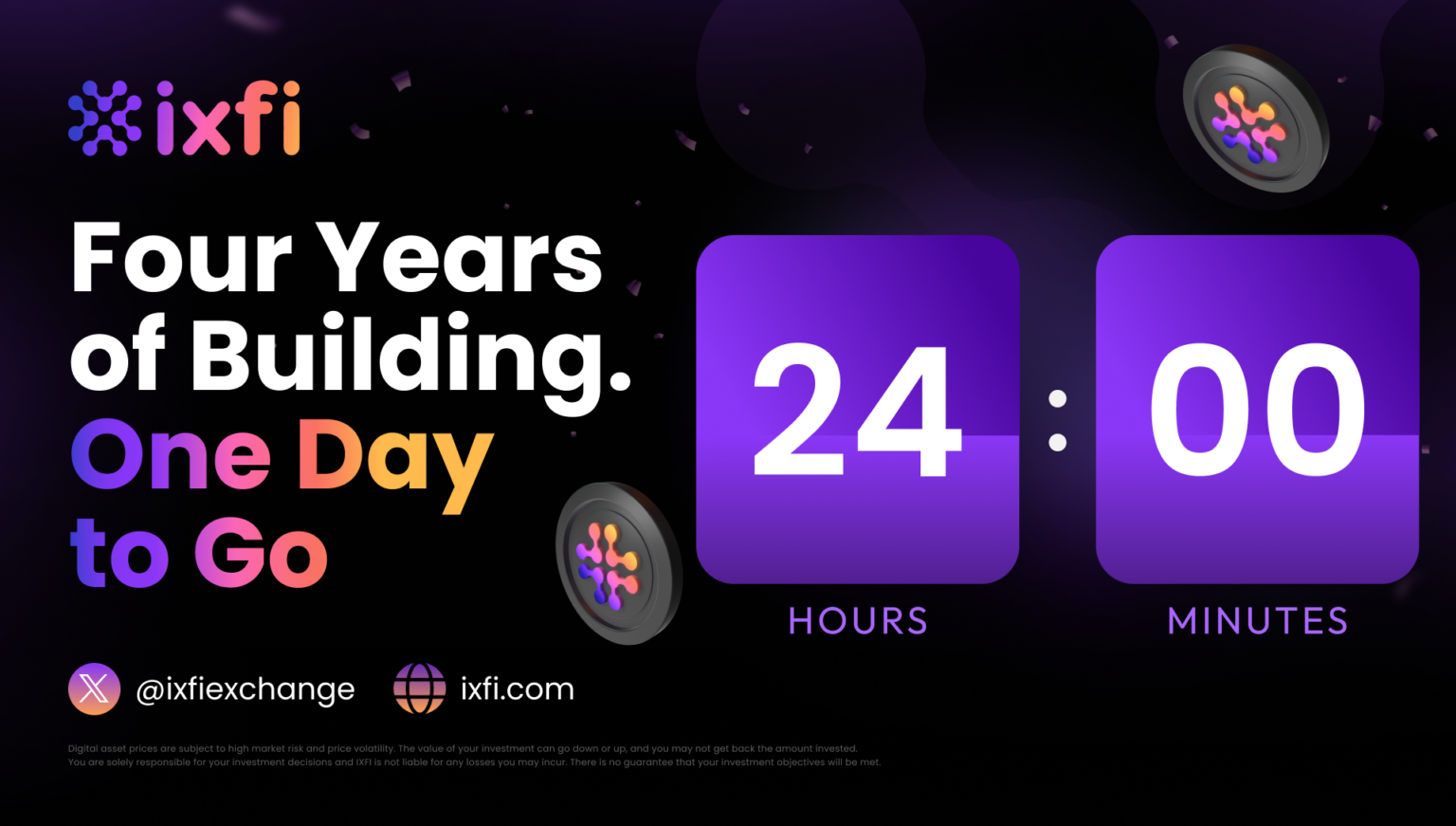Bitcoin is a cryptocurrency, a decentralized digital coin that’s not controlled or administered by any central bank or government institution. Instead, Bitcoin is traded on exchange platforms and sent from one user to another via Blockchain Technology, which underlies the crypto world.
Unlike classical technologies where information and databases are stored in the same location, Blockchain Technology keeps and processes the data on multiple network nodes — each in a different place, thus making the network decentralized and distributed. Bitcoin was invented in 2008 as a cryptocurrency by one or numerous anonymous identities, and various network nodes verify each Bitcoin (or any other crypto) transaction.
The Blockchain verifies these transactions and is stored online for everyone to see since the networks are public and transparent. They rely on Blockchain Technology and being encrypted means that any Bitcoin cannot be falsified as it’s unique but also equal in value to any other Bitcoin. Blockchain makes it harder to hack but not impossible because malicious exploiters always find new ways of hijacking funds.
Unlike NFTs, cryptocurrency is also fungible, meaning that one whole coin can be divided into several smaller pieces. Bitcoin is usually very liquid, depending on the wallet or the exchange where users keep their coins. Another particularity of Bitcoin is its existence only in digital form. Like most cryptocurrencies, Bitcoin is a digital form o money and is not backed by anything from the physical world.
If it’s not based on something physical, how come Bitcoin has value?
Bitcoin’s price is determined by the coin’s supply and the market’s demand — and these are based on general sentiment. So when there’s hype in the market, meaning exacerbate optimism and significant rising volume, then cryptocurrencies prices soar to higher levels at the same time with volatility.
Suppose the evolution of Altcoins depends on Bitcoin. In that case, we have to consider multiple external factors, such as the news around the world regarding international conflicts, financial regulation, and monetary policies. Competition in the crypto market has become a factor of influence for Bitcoin’s price: if Bitcoin’s dominance was 80% in 2017, this number tanked under 50% in 2021’s cycle. Lately, the community has observed that Bitcoin’s past is one of the hot topics, and its cycles tend to repeat themselves.
How has the price of Bitcoin grown?
In 2009 when trading Bitcoin started, its value was in cents, closer to 0 than $1. The parity with the American Dollar was reached in February 2011, a year that was followed by Bitcoin’s first price bubble when $29 was traded in June 2011. Later that year, Bitcoin’s price lost over 90% of its value, reaching $2 again in November. Two years later, at the start of 2013, the cost of one Bitcoin was $13, followed by $230 in April and back to $68 some weeks later. In 2015 the price went over $315, followed by $900 in 2016. Finally, 2017 proved to be a viral year for Bitcoin: its price grew to $2,000 in May, enjoying a spectacular climb to $20,000 towards the end of the year. That’s when Bitcoin became popular among retail investors worldwide, governments and economists. After a couple of months, all that hype went away, and Bitcoin’s price had a three-year consolidation between $4,000 and $10,000.
In 2020, when the global pandemic kicked in, investors’ fears regarding a new economic recession blew the price to the upside, closing the year at $29,000. We’re all familiar with the following evolution: Bitcoin kept going up, affirming two local tops above $65,000 — in April and November.
The most critical moments?
It depends on the changing global affairs because they directly impact Bitcoin’s price. For example, we currently see that Bitcoin lost some of its value after the Russian-Ukrainian conflict emerged. Because of this, market participants are fearful that this conflict could spread to other Baltic states, leading to a World or Nuclear War. These fears are reflected in financial markets since Bitcoin’s price went from $39K to $34K on the day news hit the market. On the other hand, MicroStrategy’s acquisitions, made in late December and January, kept the price stable in the $40,000 range.
Tesla is another company that invests in Bitcoin, claiming at the end of 2021 that it held coins worth over $2 Billion. In February 2021, when the announcement was made on social media, BTC’s price grew to $50,000. Unfortunately, May 2021 was another crucial month for crypto since China made this sector illegal to residents. As a result, many Chinese miners were forced to relocate to Kazakhstan, where they encountered a national crisis and blackouts, forcing them to move again to another jurisdiction.
The 2020 pandemic harmed market sentiment: fear of the unknown was felt everywhere and was challenging to most markets. For example, Bitcoin suffered a correction of over 50% from $10,000 until the 13th of March, when a liquidity crisis marked the generational bottom.
What’s to come next?
Regarding price, we cannot predict or assume anything. We can only observe the market and its moves based on reactions from real life. Each of us needs to personally analyze:
· the historical price of Bitcoin
· altcoin correlation to Bitcoin
· our trading and investing strategies
Stay updated with the latest crypto developments by following our blog articles. For a seamless trading experience, join IXFI and enjoy the benefits of a reliable, secure and user-friendly platform. Start your journey with Your Friendly Crypto Exchange by your side.
Disclaimer: The content of this article is not investment advice and does not constitute an offer or solicitation to offer or recommendation of any investment product. It is for general purposes only and does not take into account your individual needs, investment objectives and specific financial and fiscal circumstances.
Although the material contained in this article was prepared based on information from public and private sources that IXFI believes to be reliable, no representation, warranty or undertaking, stated or implied, is given as to the accuracy of the information contained herein, and IXFI expressly disclaims any liability for the accuracy and completeness of the information contained in this article.
Investment involves risk; any ideas or strategies discussed herein should therefore not be undertaken by any individual without prior consultation with a financial professional for the purpose of assessing whether the ideas or strategies that are discussed are suitable to you based on your own personal financial and fiscal objectives, needs and risk tolerance. IXFI expressly disclaims any liability or loss incurred by any person who acts on the information, ideas or strategies discussed herein.



